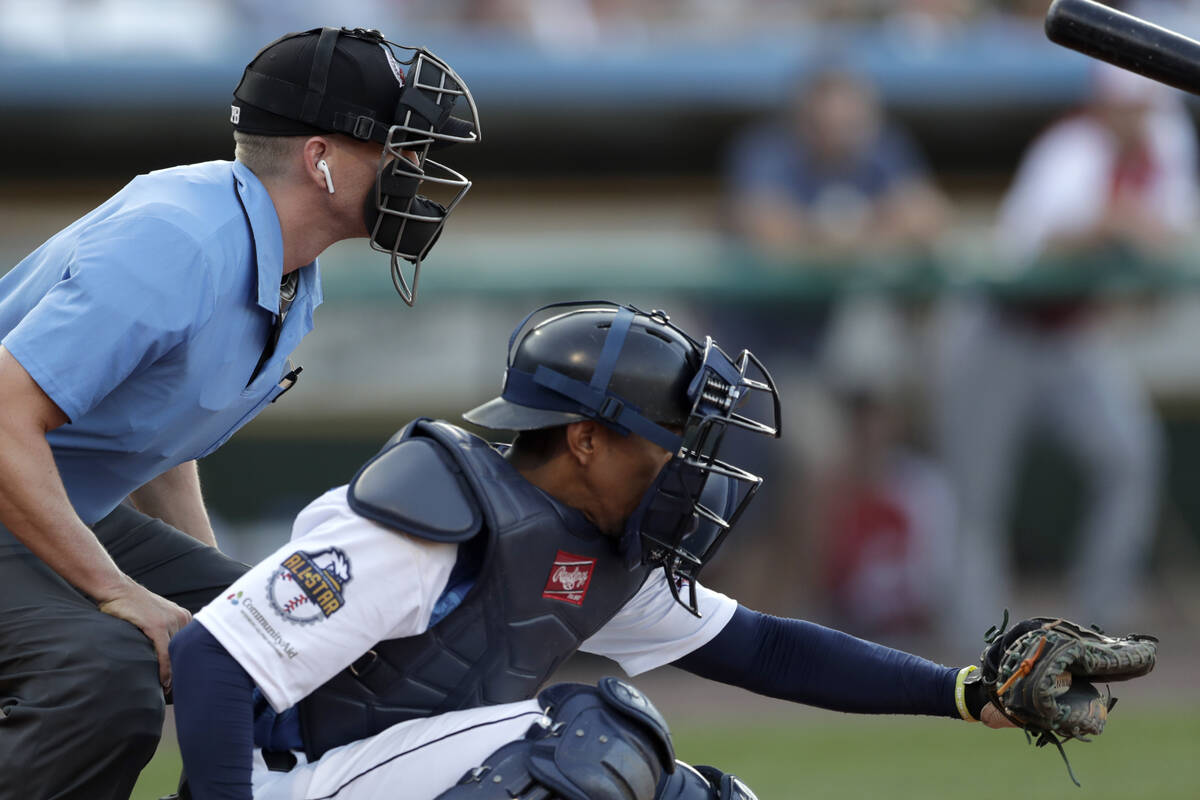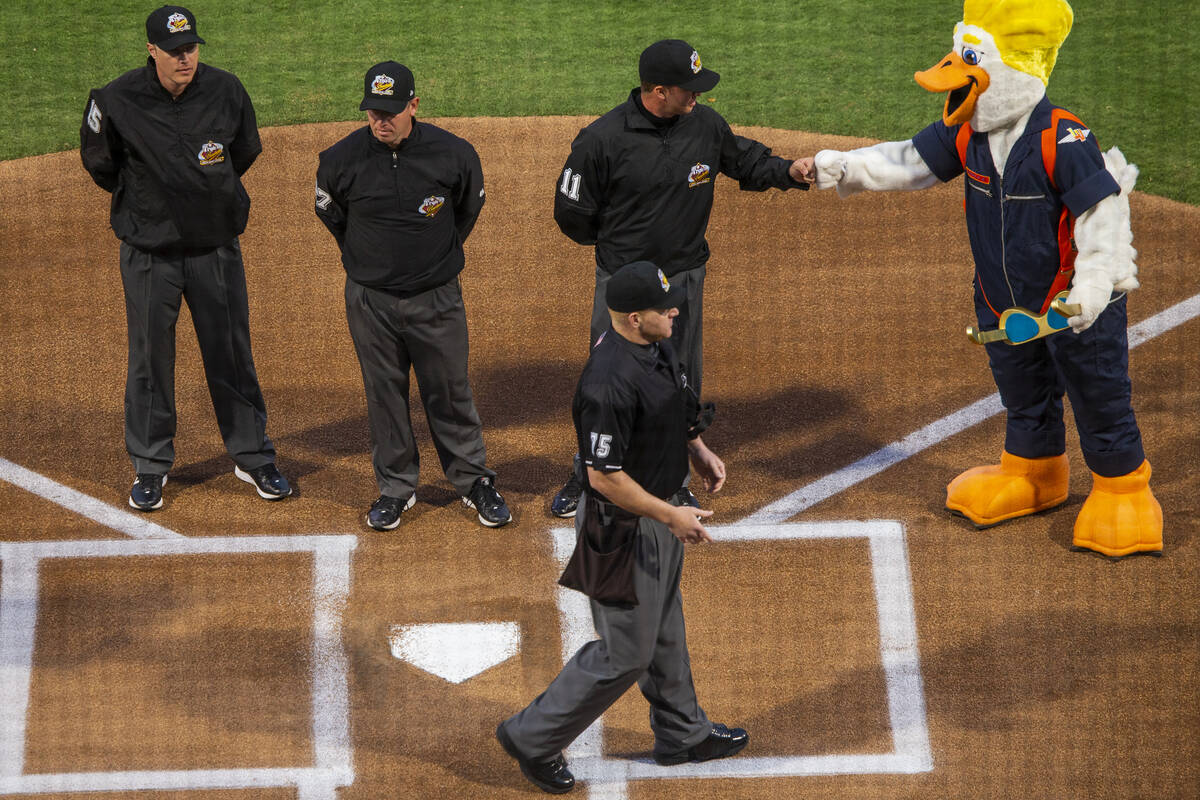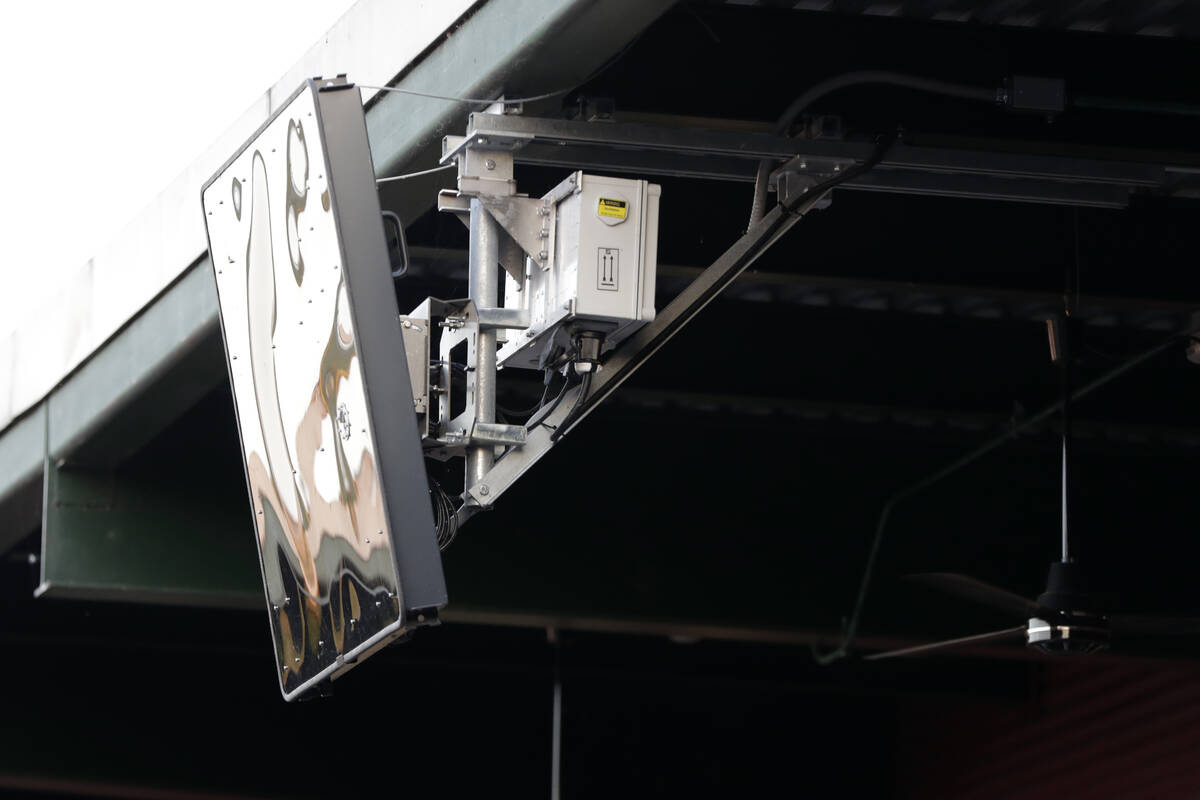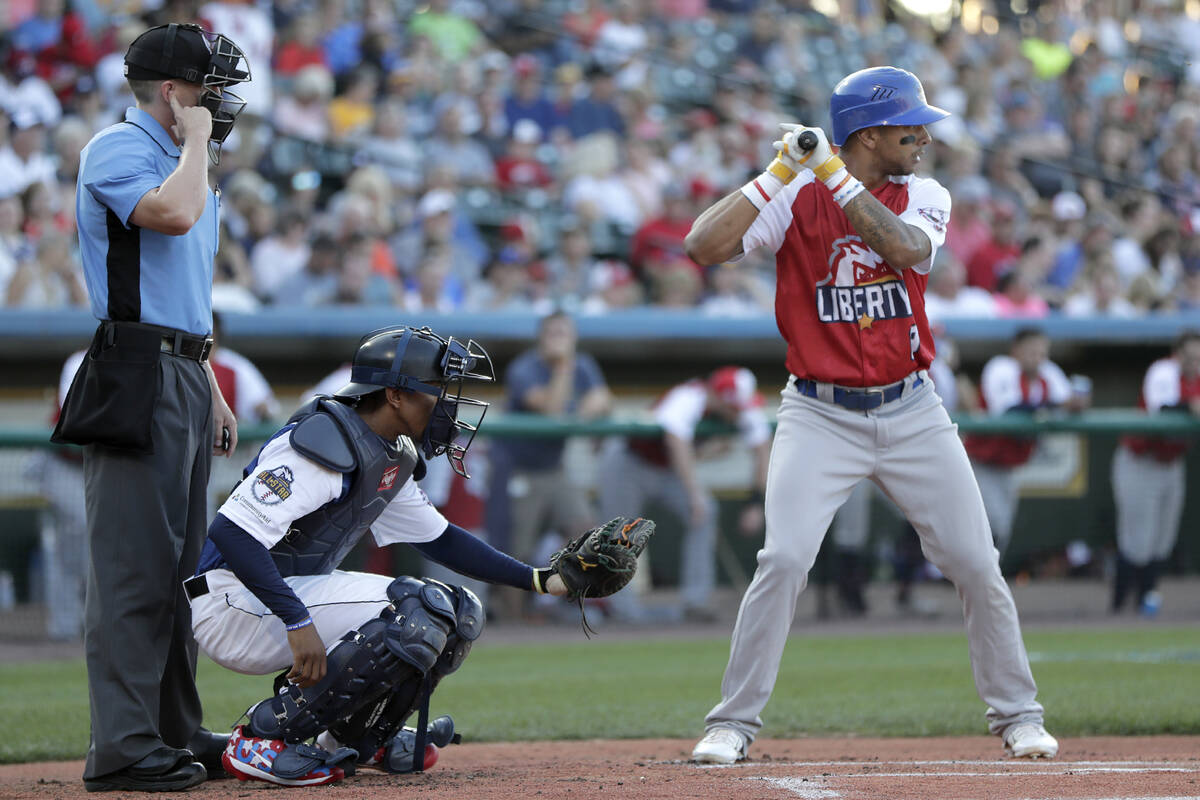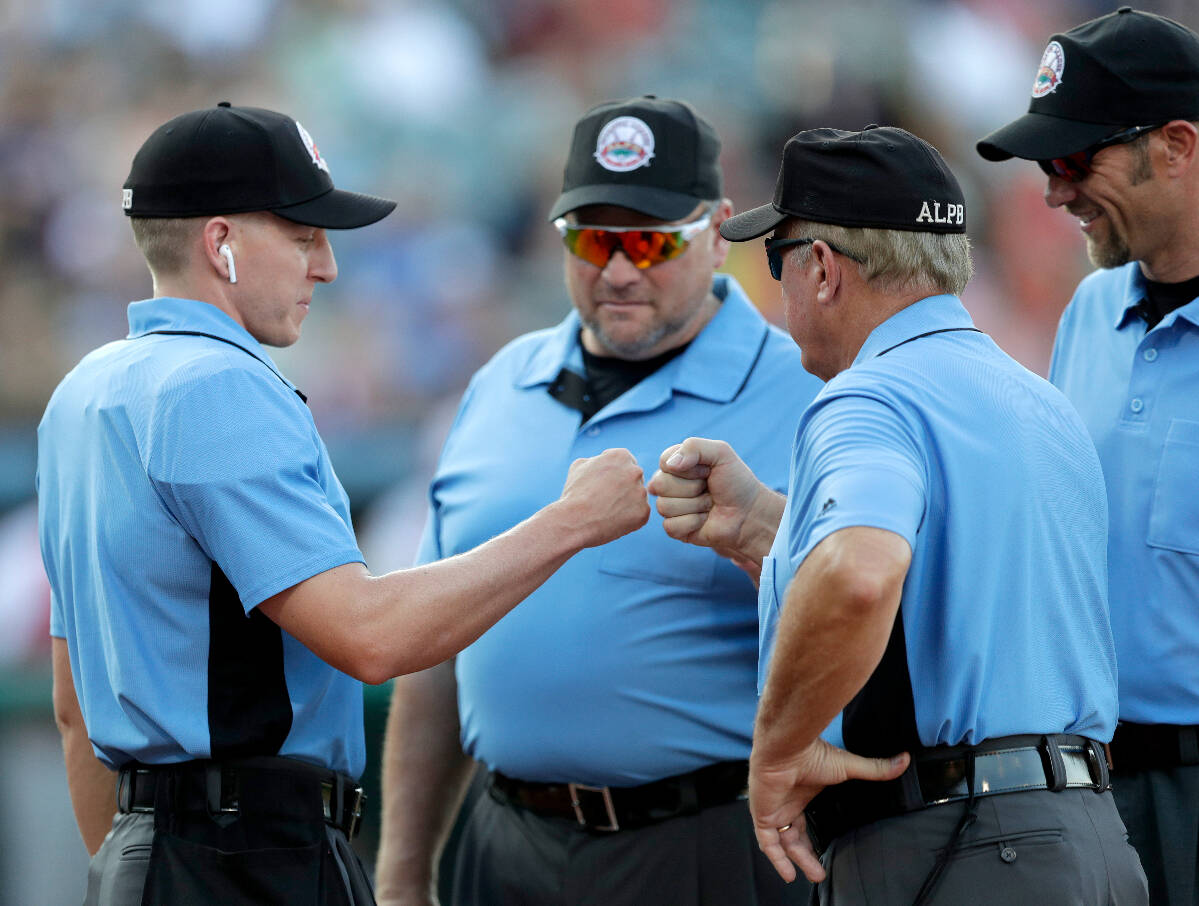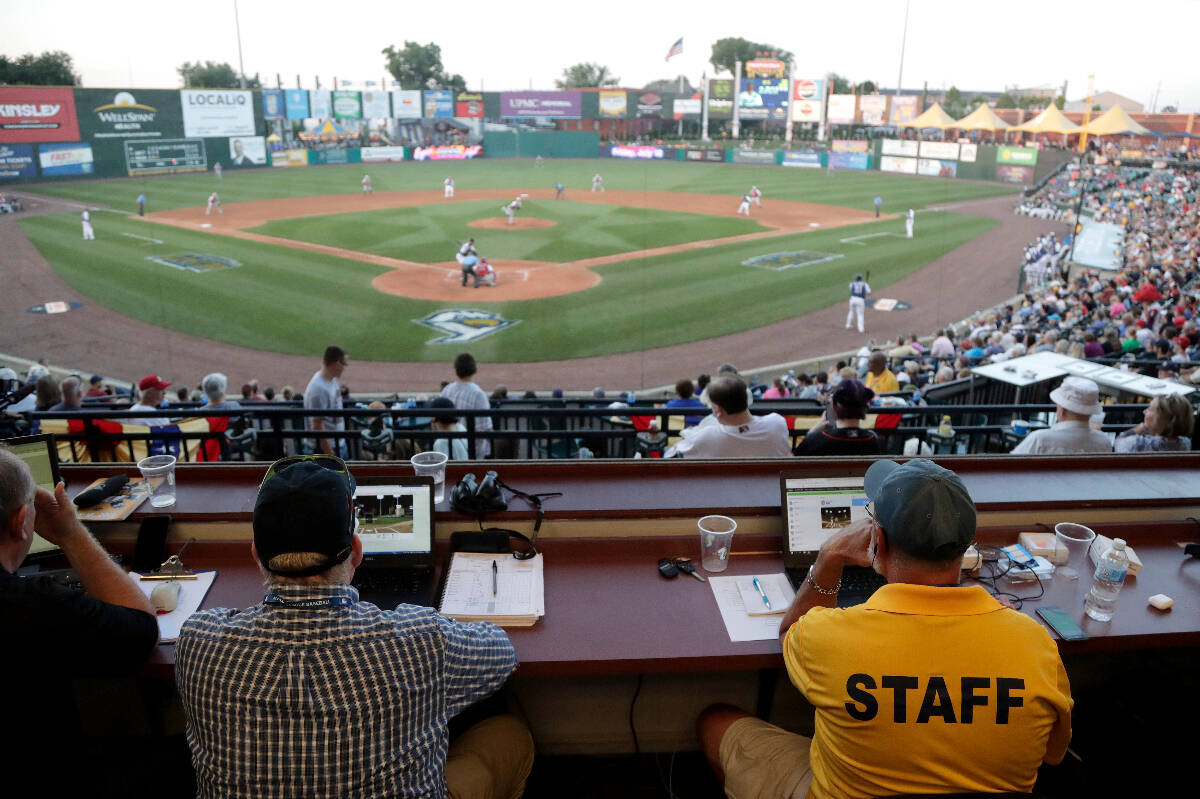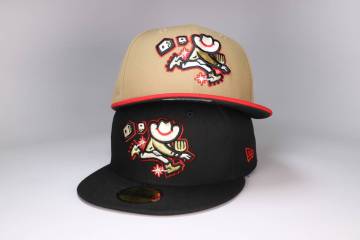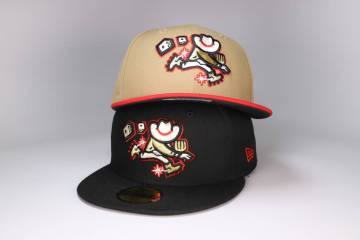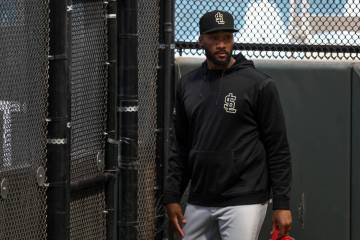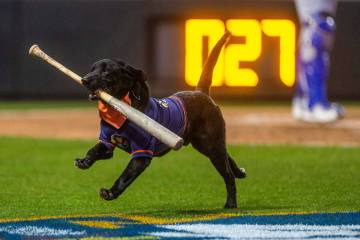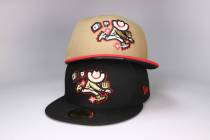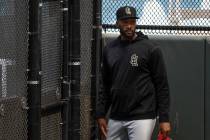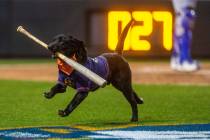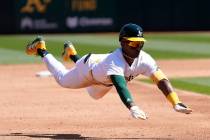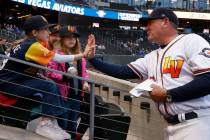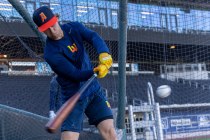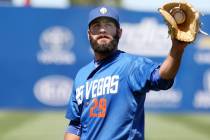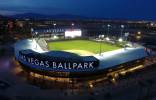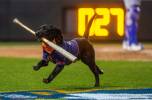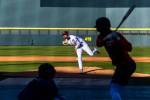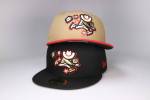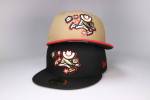Aviators to use robot home-plate umpire system this season
Like any Triple-A affiliate club, the Las Vegas Aviators have seen their fair share of future Major League Baseball players pass through. But the newest prospect to keep an eye on at Aviators games this summer will be like no other — a robot umpire.
“It’s just the world we live in,” Aviators president Don Logan said. “Technology is prevalent in everything we do. I commend baseball. You’ve got to embrace it and try to make it work in our industry, which is what they’re doing.”
On Thursday, MLB posted job notices looking for seasonal operators for its Automated Ball and Strike system, or ABS, the official name for the robot umpires in several Class AAA West markets including Las Vegas.
Eleven teams, including the Aviators, will use the ABS system for the 2022 season. In 2020, MLB Commissioner Rob Manfred stated he wanted to see robot umpires at the highest level of the sport within three years.
While the term may conjure the image of the terminator standing behind home plate, in reality the ABS system is invisible to the naked eye.
An umpire still stands behind the catcher and is equipped with an ABS earpiece, which relays the correct pitch call to him based on the data collected by pitch-tracking software. The umpire is still required to make judgment calls on check swings, catcher’s interference, or any call not directly connected to the location of a pitch.
Logan pointed out that most umpires in Class AAA are already veterans of the trade, usually in their fifth or sixth year of professional work. He said he was excited to see how the ABS system fares at a higher level of baseball.
“On balance, I think it’s been well received,” he said. “From what they tell me, its accuracy is very good.”
This won’t be the ABS system’s first stop on its baseball journey. It was first tested in the independent Atlantic League in 2019. Months later, in December, the MLB Umpires Union agreed to cooperate with MLB to install and test the automated strike zone in exchange for better compensation and retirement benefits.
A year later, MLB used it for several spring training games, before sending it to the Arizona Fall League and eight teams in the Low-A Southeast League in 2021. It hasn’t been perfect. Prospects in the Fall League mentioned the system struggles to call certain breaking balls – particularly sweeping curveballs or sliders with lots of bite low in the zone.
Logan hadn’t received a reaction from many of his staff and players yet about the ABS system’s implementation. The Aviators are still in their offseason, and some of the players are not available due to the MLB lockout – any player on a 40-man roster is ineligible to play for a minor league team until the lockout ends.
However, Logan mentioned how other technological innovations, like replay, can be a good example of what modernizing baseball can look like. He also believes continuing to take advantage of new technology is the best way to make sure the sport continues to grow.
“At the very least, we’re talking about baseball,” he said. “So that’s a good thing.”
Contact reporter Andy Yamashita at ayamashita@reviewjournal.com. Follow @ANYamashita on Twitter.
ABS Robot Umpire timeline
July 10, 2019 — ABS debuts during the Atlantic League All-Star Game, an independent league.
Dec. 21, 2019 — MLB Umpires Union agrees to help implement system if asked to at MLB level.
Feb. 2020 — ABS begins test at spring training games, running in the background but not making any calls at games, but COVID-19 cancels minor league season.
2021 — ABS is used in the Arizona Fall League and Low-A Southeast.
Jan. 14, 2022 — Atlantic League returns to human umpires.
Jan. 20, 2022 — Triple-A West announces 11 teams will test the ABS system for the upcoming season.



